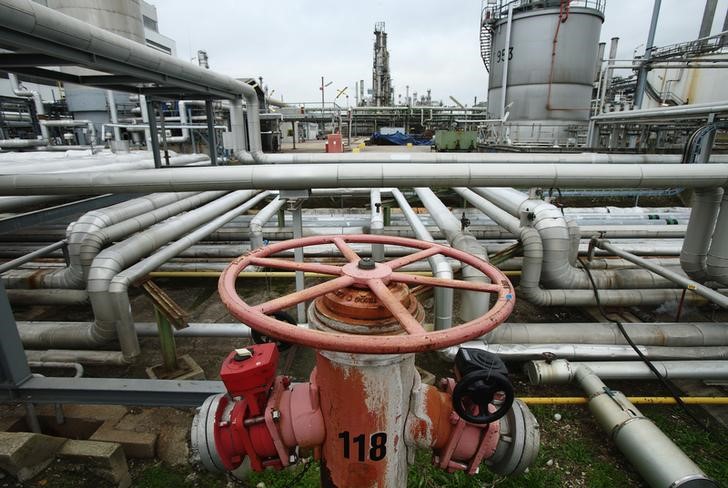By Gina Lee
Investing.com – Oil was mixed Tuesday morning in Asia, with caution creeping into the market even as hopes for a strong rebound in fuel demand continue.
Brent oil futures inched down 0.03% to $61.20 by 9:47 PM ET (1:47 AM GMT) while WTI futures inched up 0.02% to $58.37.
There are signs of supply tightness, indicated by the nearest Brent contract sharply widening its premium to the following month. Global inventories are also shrinking and there are expectations that U.S. supplies will also continue to record draws.
U.S. supply data from the American Petroleum Institute recorded a draw of 3.5 million barrels. Forecasts prepared by Investing.com had predicted a 1.340-million-barrel build, while a 4.261-million-barrel draw was recorded during the previous week.
Investors await supply data from the U.S. Energy Information Administration, due later in the day.
Some investors remained positive, however.
“The markets are becoming very forward-looking and there’s optimism that we’re going to see a strong rebound in demand,” Oanda Corp. senior market analyst Edward Moya told Bloomberg. The decision by Saudi Arabia, the world’s top oil exporter, to unilaterally cut production in February and March “was a game-changer, which has removed oversupply concerns in the short term,” he added.
The rollout of COVID-19 vaccines, as well as the Saudi Arabian production cuts, helped underpin a surge in the black liquid since the end of October. Although a slowly decreasing number of COVID-19 cases and cold weather is boosting fuel demand, there are concerns that higher prices will increase supply, thereby preventing further rallies.
“There is, to some extent, a limit on the upside to prices … we still have a lot of OPEC supply to come onto the market, and the faster prices go higher, it implies OPEC is going to bring back supply sooner,” U.S. Bank Wealth Management senior investment strategist Rob Haworth told Bloomberg.
Concerns also remain about a supply crunch in the medium-term, which Total SE blamed on the oil industry’s continued under-investment in 2020 while also warning that “cracks in the U.S. shale model” are emerging.
